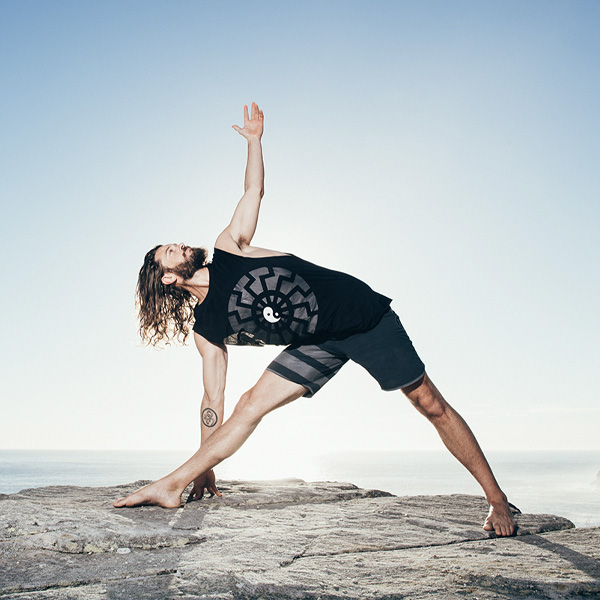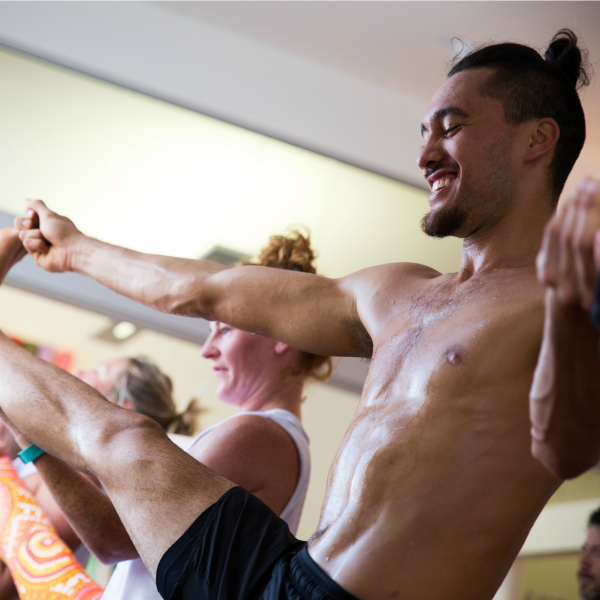07 Jan Why Functional Training Is The Next New Thing

Why Functional Training Is The Next New Thing
The rise of functional movement classes seems to be unstoppable over the last few years. It might seem the latest buzzword on almost every gym’s group fitness timetable, but it’s way more than that. You possibly have seen these workouts with medicine ball slams or goblet squats with a kettlebell walking past the gym floor. We give you the rundown what functional training is and why every single person should add it into their workouts.
Functional training has made its way into mainstream exercise over the last years. And while it might seem like the latest craze in trendy fitness workouts, it will most likely stay. It’s for everyone. No matter what age and fitness level. This way of training will help you make your daily life activities so much easier.
What is Functional Training?
Functional training exercises mimic the same or similar everyday movement patterns, like walking, squatting to pick up something heavy without injuring yourself. These functional movement patterns in a workout strengthen you in a particular way that directly translates to an activity outside the gym. For most people, the practical application of functional training is to make daily activities easier to perform, says Dan Henderson, cofounder of the Functional Training Institute in Australia.
The training originated from rehabilitation, and its approach was used by physical therapists to retrain patients with movement disorders. Exercises were chosen to mimic the same movement patterns of what the patients did in their everyday lives. Therefore supporting them in returning to their every day tasks after injury or even surgery.
What are Functional Training exercises?
A functional training workout usually consists of compound exercises. It’s putting multiple muscle groups and two or more joints to work at the same time. For example in a squat, deadlift, lunge, or push-up. Theses exercises typically mimic everyday movement patterns – like pull, push, squat, hinge, rotation – better than isolation exercises, like a bicep curl. Think about it: How often do you simply stand in place and lift something from waist level with just your biceps? Probably not very often, if ever. Now, how often do you squat to lift something off the floor? Or lunge to tie your shoe? Most likely, a lot.
“A majority of functional training movements are multijoint, and a functional training program should incorporate movements in multiple planes,” says Henderson. That means moving forward and backward, side to side, and incorporating rotational movements. Functional training challenges strength, balance, agility, range of motion and the use of core muscles. You won’t be using machines, like on a typical gym floor, but instead your body weight and free weights.
The reason for not using machines is that they require you to move in a particular and rigid way. That doesn’t mimic how your body moves in your everyday movements. For example, think of the leg extension machine you find on a regular gym floor. In your daily movement, when are you ever going to use just your quads? They’re going to work with the glutes, hamstrings, and core. Doing a functional movement like a squat instead is much more efficient from a strength-training perspective. Furthermore, it also allows you to train the muscles to work together seamlessly – since they never really operate alone.
Why is it effective?
Training multiple muscle groups at the same time is going to keep you injury-free. Therefore you are helping your body to function better as a whole unit, instead of just individual parts that work independently. Both your mind and muscles will learn how to recruit multiple muscle groups to get a job done. Instead of relying on only one. Therefore, you will prevent strain injuries that happen from using one muscle group.
A lot of lower back injuries occur when you try to lift a heavy box off the floor. If you do it incorrectly and bend over instead of squatting or deadlifting, you’re likely to use – and potentially strain – your lower-back muscles — the worst-case scenario. You may even end up hurting yourself. But if you’ve been focusing on functional movements in your training, you’ll be way more comfortable lifting that suitcase or heavy box properly: by using your entire body. You’ll squat and deadlift it from the floor, using your glutes and legs and keeping your back flat and chest up like you’re familiar with from your exercise with weight in the gym.
Moving your body in a way that recruits multiple muscle groups at once requires a certain level of coordination, focus, and core strength. Building core strength and stability is another vital part of compound movements. Functional training also gives you excellent kinesthetic awareness while teaching you how to move your body safely.
All of these skills are pretty important in the gym but more important in your everyday life. As it is allowing us to move purposefully and confidently. And above all these skills are helping us stay sturdy, strong, and safe. It will not only make your day-to-day activities easier but also injury-free. If that aren’t enough reasons to try to incorporate some functional training moves into your workouts. And alongside your yoga practice. Additionally, you will reek in all the fitness benefits of increased strength, flexibility and calorie burn.
Your body will thank you for it.
Original article written by SELF



